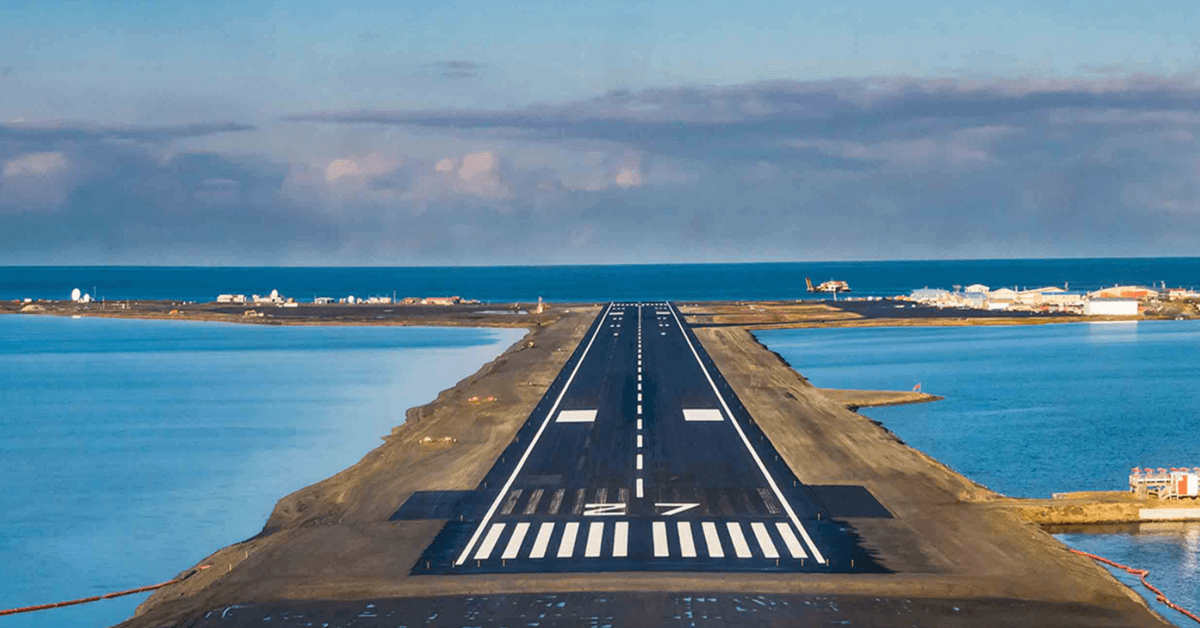Decoding Aircraft Fire Classes!
Fires are classified into different categories or classes based on the type of materials or substances that are fueling the fire. Understanding the class of fire is crucial for selecting the appropriate firefighting methods and extinguishing agents. Fire extinguishers used in aircraft are typically designed to handle specific classes of fires, and they are chosen…

